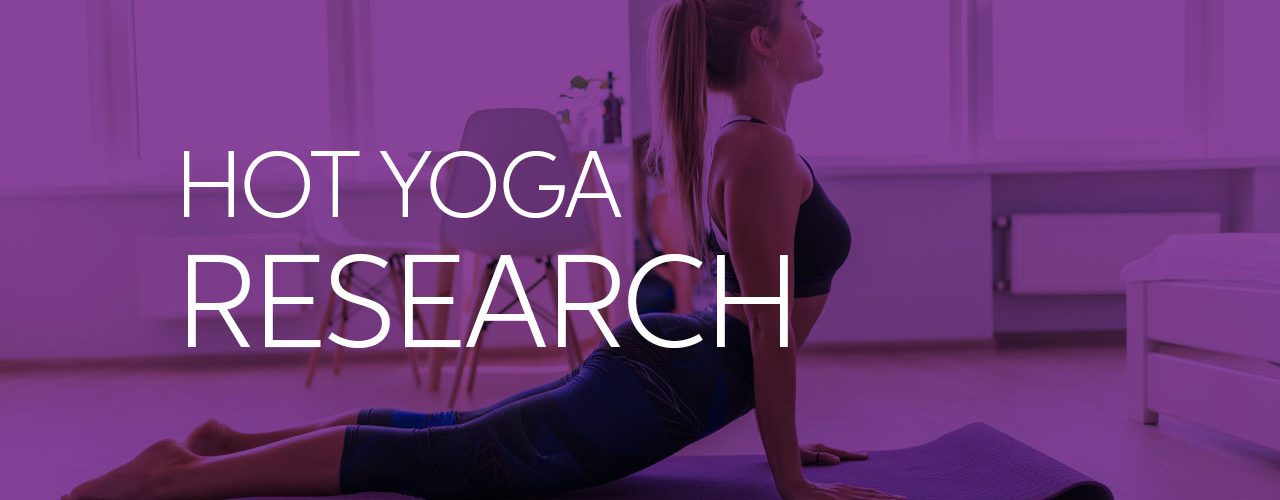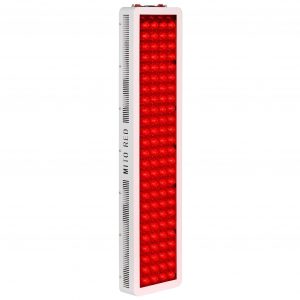Bikram yoga is a style of hatha yoga involving a standarized series of asanas performed to an instructional dialogue in a heated environment (40.6°C, 40% humidity).
Several studies evaluating the effect of Bikram yoga on health-related outcomes have been published over the past decade. However, to date, there are no comprehensive reviews of this research and there remains a lack of large-scale, robustly-designed randomised controlled trials (RCT) of Bikram yoga training.
The purpose of this review is to contextualise and summarise trials that have evaluated the effects of Bikram yoga on health and to provide recommendations for future research.
According to published literature, Bikram yoga has been shown to improve lower body strength, lower and upper body range of motion, and balance in healthy adults.
Non-RCTs report that Bikram yoga may, in some populations, improve glucose tolerance, bone mineral density, blood lipid profile, arterial stiffness, mindfulness, and perceived stress.
There is vast potential for further, improved research into the effects of Bikram yoga, particularly in unhealthy populations, to better understand intervention-related adaptations and their influence on the progression of chronic disease.
SOURCE: https://www.ncbi.nlm.nih.gov/pmc/articles/PMC4609431/
. . . Bikram yoga is a popular, standardized system of hatha yoga developed by Choudhury [1], and, today, there are over 600 Bikram yoga studios worldwide [2]. Three factors together distinguish Bikram yoga from other forms of hatha yoga: (1) the set sequence of 26 asanas and two breathing exercises (Figure 1), (2) the heated environment (40.6°C, 40% humidity), and (3) the instructional dialogue. Every 90 min class begins with standing pranayama (deep breathing) followed by the standing asanas (45–50 min, Figures 1(a)–1(l)). The standing sequence is followed by a 2 min savasana (supine relaxation, i.e., corpse pose, Figures 1(l) and 1(m)) and a sequence of floor asanas (35–40 min, Figures 1(n)–1(aa)). A 20-second savasana is taken between each asana in the floor series. Class finishes with a seated kapalabhati breathing exercise (i.e., quick, strong exhalations) and a final savasana. Choudhury suggests that the heated environment helps warm and prepare the body for movement and assists with removing impurities from the body [1].
Bikram yoga series.















